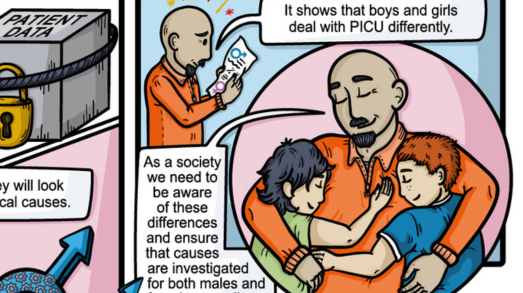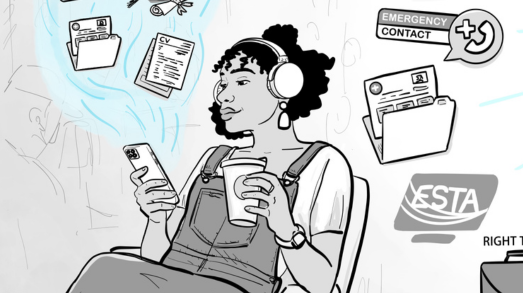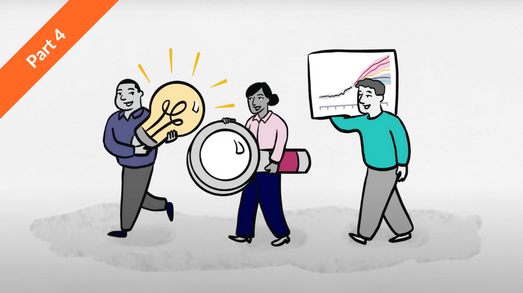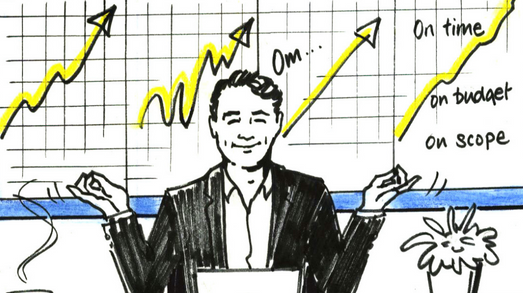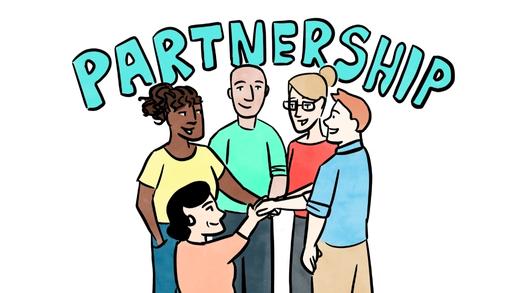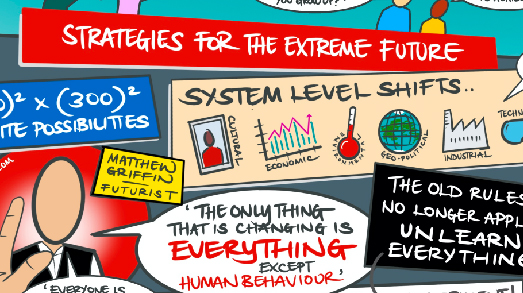Boards work under a thick layer of expectation from both inside and outside of the organisation. Expectation to reach the right decisions in the right way and to communicate those decisions so that everyone understands and agrees. We know reality can be very different.
I suggest two practical approaches to shift the traditional view of the board meeting, so that it can be a rich, engaging and above all productive conversation.
1. Leave the Boardroom
Consider the boardroom table – traditional, imposing, authoritative, screaming this is the place where important decisions are made. Despite its ubiquity, I believe this item of furniture symbolises the shortcomings of board meetings and their effectiveness.
When facilitating meetings, I regularly hear the comment ‘we would love to change the way we hold meetings around here, but top management wouldn’t entertain it.’ I realise that in many of these cases senior leaders won’t have been asked what they think of meeting practice in the first place. Perception is reality and many in organisations would say that senior management inhibit rather than encourage experimentation in the way productive meetings are held.
Boards have the freedom to role model how meetings can be conducted across their organisations. Just one small, tangible change for the better could make a big difference. Giving permission can be done as much with actions as with words. Why not hold board meetings in places other than the board room, as a way of enabling leadership teams and their work to be more visible to the rest of the organisation? Who says that all board meetings need to be held in the board room? Considerations of confidentiality aside, does every board meeting need to be held in the same place?
2. Work Visually
One of the key purposes of board meetings is the exchange of information – often bulky, detailed and arriving in large pre-reads and reports. Lengthy and complex slide decks meanwhile can be a comfort blanket, generally pleasing the person delivering rather than the recipients.
Though there is absolutely nothing wrong with a slide deck (which has become maligned by poor usage), there are other ways.
Just imagine holding a board meeting without any slides at all. Invite each other or guest presenters to share their information on a poster or one sheet of flipchart paper. Remove the traditional physical barriers and group around the poster together, leaning in, shoulder to shoulder, and truly paying attention to what’s being shared. I’d say there is a significant chance that this will foster collaboration from the top, and vastly reduce the anxiety many find when needing to present to senior leaders.
If there is a lot of information to process, create a knowledge zone in the meeting space where participants can go to source the information when needed. This focus remains on sustaining a productive conversation rather than information processing.
If the subject matter and meeting space permits, work together using pre-designed charts and sticky notes to draw out and stretch each other’s thinking (this way of working does not need to be confined to the annual off-site meeting).
By making small, practical and visible changes to the way board teams meet and are seen to meet, bypassing the need to give permission, organisations will benefit from more meetings that get more done.
Tom Russell is an expert in meeting facilitation (www.russellsewell.com), visual communication (www.inkythinking.com) and author of Meet with Impact (available to buy via Amazon).
This article was originally featured in Management Today in 2020.


